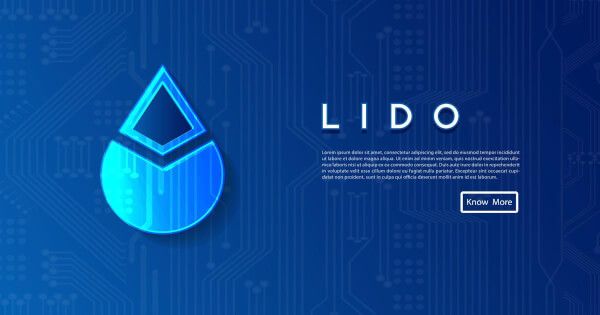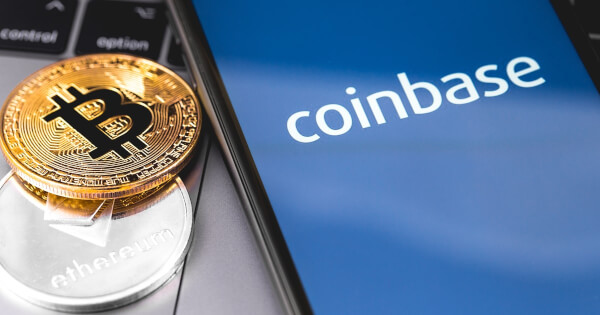Tokens and Coins: What’s the Difference?

Cryptocurrency Coins and tokens are common but different types of cryptocurrency. Let’s take a look at their differences, creation process, and role within the cryptocurrency ecosystem.
Cryptocurrency coins and tokens are commonly used but different types of digital assets. Both can be accepted as payment via: Cryptocurrency payment gateway. To understand how the cryptocurrency world works, it is important to learn the differences. This guide aims to clarify the differences between coins and tokens, their creation process, and their role within the cryptocurrency ecosystem.
What are Crypto Coins?
Cryptocurrency coins are digital assets that use their own blockchain network. This means it is separate from other cryptocurrencies and fiat currencies. Most cryptocurrencies are used as money to buy and sell things, and can also be held as investments like gold or stocks.
How are cryptocurrency coins created?
Cryptocurrency production follows instructions coded into the algorithms of the underlying blockchain. for example, Bitcoin It is created using proof-of-work (PoW). On the other hand, Ethereum, another well-known cryptocurrency, switched from PoW to Proof of Stake (PoS) system for issuing new coins.
Examples of popular cryptocurrencies
● Bitcoin
Pioneer of cryptocurrency, BTC It is the most popular and widely accepted digital currency known for its decentralized nature and strong security features.
● Ethereum
ETH serves as a medium of exchange and fuel for running smart contracts and decentralized applications (dApps).
● Binance Coin
BNB is utilized within the Binance ecosystem to discount transaction fees, participate in token sales, and use various services.
● Dogecoin
Inspired by the popular Doge meme, DOGE gained attention for its community-driven, light-hearted approach.
What is a Crypto Token?
Crypto tokens are assets hosted on an existing blockchain network and typically represent secondary assets within that ecosystem. They can use blockchain to support smart contract functionality to create programmable assets with specific use cases.
Types of Crypto Tokens
There are four main types of tokens:
● utility token
Provides access to certain features or services within the Platform.
● Governance Token
Gives holders voting rights on protocol changes and community governance.
● security token
A digital representation of securities such as bonds or real estate. Stock tokens are another example.
● Non-fungible token (NFT)
Authenticate ownership of digital collectibles, artwork, music, and other unique assets on the blockchain.
How are cryptocurrency tokens created?
Tokens are usually pre-mined, allowing developers to create different economic models. Using smart contracts, developers set the total supply upon creation, and the circulating supply dynamics are determined by the selected model.
Examples of popular cryptocurrency tokens
● rope
USDT is the largest stablecoin pegged to the value of the US dollar.
● Uniswap
UNI serves as the governance token for the Uniswap protocol. Decentralized Exchange Facilitates token exchange.
● decision
ARB serves as the governance token for Arbitrum, a layer 2 blockchain solution for Ethereum.
Key Differences Between Tokens and Coins
Tokens are easier to create but typically have lower trading volumes. In contrast, coins tend to have higher trading volumes and greater liquidity.
Use Cases and Purpose
For example, Bitcoin initially emerged as an alternative to traditional fiat currencies, with the goal of having a variety of uses similar to paper money and coins. This includes storing value, facilitating exchange, payment for goods and services, and enabling peer-to-peer transfers.
Cryptographic tokens are typically tailored to be utilized within a specific blockchain project or dApp. Although they are not mined, they are created and distributed by project developers and can serve many purposes within that ecosystem.
underlying technology
Coins have their own dedicated blockchain, while tokens are built on top of an existing blockchain network. Tokens often use multiple blockchains.
The availability of hardware and software resources influences the methods used to acquire different types of digital assets. Cryptocurrency coins can be created through: mining Or, if the tokens are staked by someone with the necessary equipment, the tokens are typically controlled by a developer or creator who can create the entire supply at once.
Supply and Distribution
Coins like Bitcoin are created through mining, which requires people to solve complex math problems to secure the network. New coins are released gradually according to a set schedule to control supply. On the other hand, tokens are generated by the project creator and distributed through: Initial Coin Offering (ICO) or token sale.
Stablecoins: Coin or Token?
Stablecoins are an important component of the cryptocurrency market. To maintain stability, it is pegged to fiat currencies such as the US dollar. Although the name suggests that a stablecoin is a coin, it is technically a token. For example, Tether, which was initially an ERC-20 token, demonstrates this distinction.
The role of tokens and coins in decentralized finance (DeFi)
Coins and tokens play an essential role in DeFi, serving as building blocks for innovative financial protocols and platforms. Let’s take a look at how these digital assets contribute to the decentralized ecosystem.
Tokens in DeFi
DeFi thrives on the ability of smart contracts to allow various tokens to work together. This will make transactions easier and enable new services in the financial sector. The token supports various types of DeFi platforms as well as exchanges.
Coins in DeFi
Digital currencies such as Bitcoin and Ethereum are essential components of DeFi. They provide liquidity and value to the ecosystem. DeFi platforms use these currencies for purposes such as securing loans in lending contracts, creating liquidity pools on decentralized exchanges, and more.
Investing in Tokens and Coins: What to Consider
From your risk tolerance to your investment goals, understanding the nuances between token and coin investments can have a big impact on your portfolio performance.
Liquidity and Market Capitalization
In general, coins tend to have more liquidity than tokens because they have higher trading volumes and more established markets. Higher liquidity provides investors with greater flexibility and faster trade execution. Coins with higher market capitalizations are generally perceived as more stable and less risky investments.
Utilities and real-world use cases
Tokens are often used to raise funds for blockchain initiatives. Coins typically serve as the primary currency within a blockchain network, facilitating transactions in goods and services. However, certain tokens may also provide governance voting rights or access to unique platform features.
regulatory environment
While some countries have enacted clear regulations to embrace digital assets and govern their use, others have adopted a more cautious approach or implemented outright bans. Regulatory uncertainty remains a significant challenge for investors and industry participants, affecting factors such as market access, compliance requirements and investor protection measures.
The future of tokens and coins in Web3 and beyond
As blockchain evolves, tokens and coins will become more important in shaping the future of Web3. Tokens power DeFi, allowing assets to be digitized and traded. Coins are essential for payment methods and blockchain platform control. Advances such as non-fungible tokens and interoperability between different blockchains will fuel the growth of the digital economy through coins and cryptocurrency tokens.
frequently asked questions
Is Ethereum a coin or a token?
ETH is the native coin of the Ethereum blockchain, functioning similarly to Bitcoin as a medium of exchange and store of value. However, Ethereum’s design allows for smart contract functionality and dApp development.
Can a token become a coin?
Yes, tokens can evolve into coins by migrating to self-built blockchain networks.
Why use tokens instead of coins?
Tokens provide more flexibility for specific use cases and functionality within the blockchain ecosystem. While coins are often used to transact and access unique features or services, coins are primarily used as investments or trading assets.
Image source: Shutterstock

23.png)

